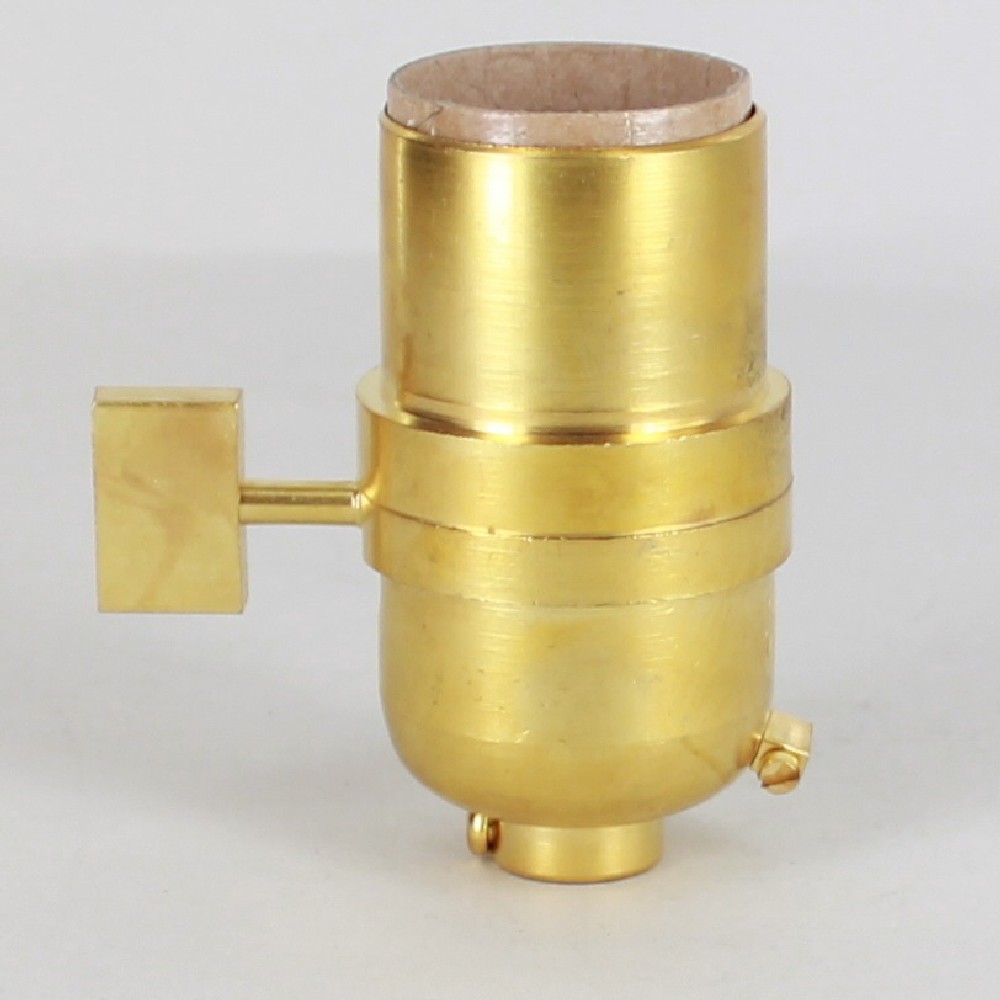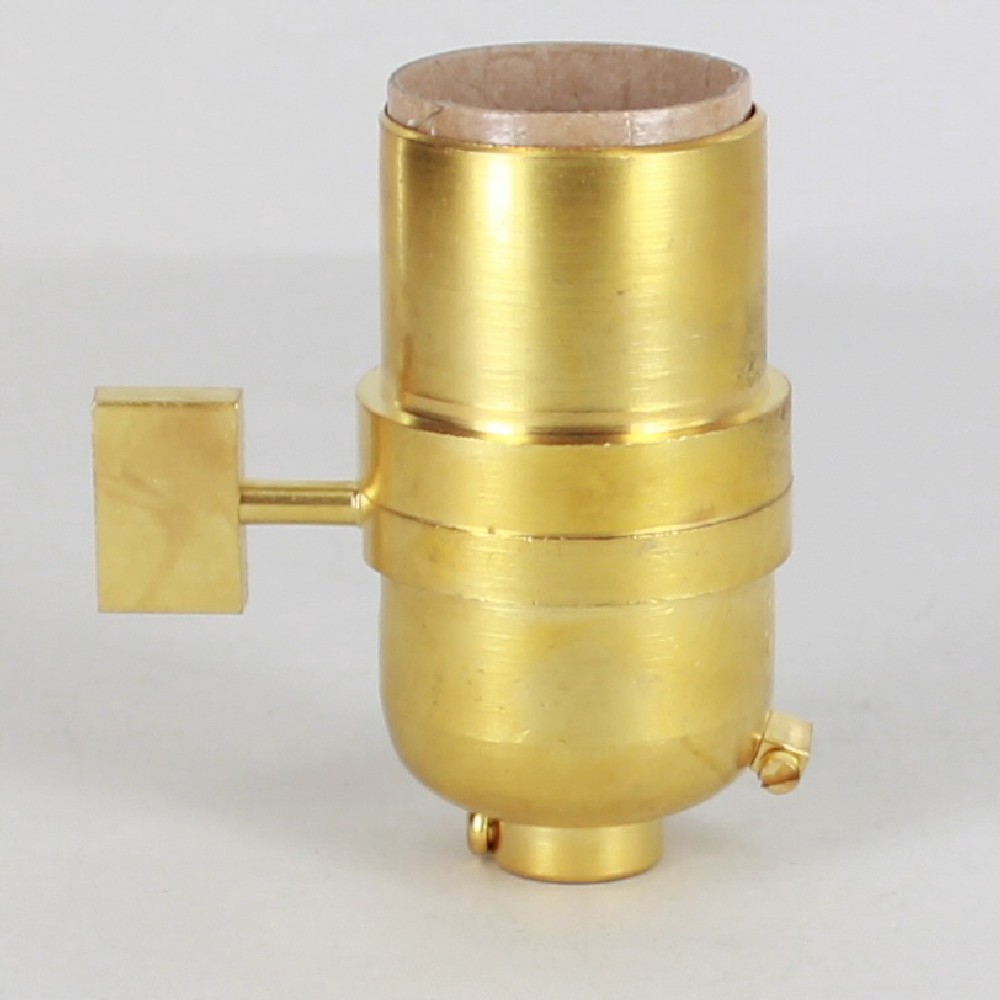Answer
Mar 13, 2024 - 06:55 AM
The holes in the insulating liner of a socket serve several purposes:
Wire Passage: The primary function of these holes is to allow the electrical wires to pass through the insulating liner and connect to the terminals within the socket. This facilitates the electrical connection without compromising the insulation provided by the liner.
Alignment: The holes help in aligning the wires properly with the terminals inside the socket, ensuring a secure and reliable electrical connection.
Ventilation: In some cases, the holes may also provide ventilation to dissipate heat generated within the socket, preventing overheating and potential damage to the electrical components.
Flexibility: Having holes in the insulating liner allows for flexibility in wiring configurations, accommodating different wire sizes and configurations commonly encountered in electrical installations.
Overall, these holes are designed to enhance the functionality, safety, and ease of use of the electrical socket while maintaining proper insulation and protection against electrical hazards.
Wire Passage: The primary function of these holes is to allow the electrical wires to pass through the insulating liner and connect to the terminals within the socket. This facilitates the electrical connection without compromising the insulation provided by the liner.
Alignment: The holes help in aligning the wires properly with the terminals inside the socket, ensuring a secure and reliable electrical connection.
Ventilation: In some cases, the holes may also provide ventilation to dissipate heat generated within the socket, preventing overheating and potential damage to the electrical components.
Flexibility: Having holes in the insulating liner allows for flexibility in wiring configurations, accommodating different wire sizes and configurations commonly encountered in electrical installations.
Overall, these holes are designed to enhance the functionality, safety, and ease of use of the electrical socket while maintaining proper insulation and protection against electrical hazards.
 Grand Brass Lamp Parts, LLC
Grand Brass Lamp Parts, LLC

